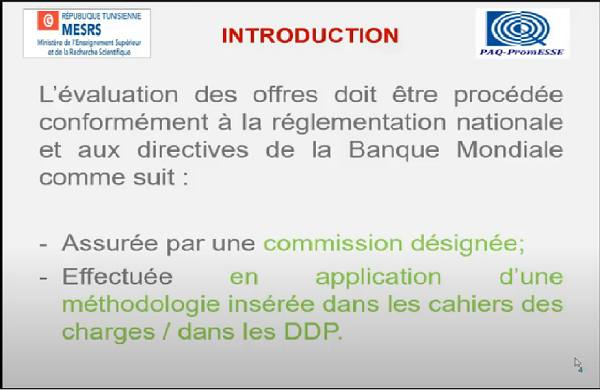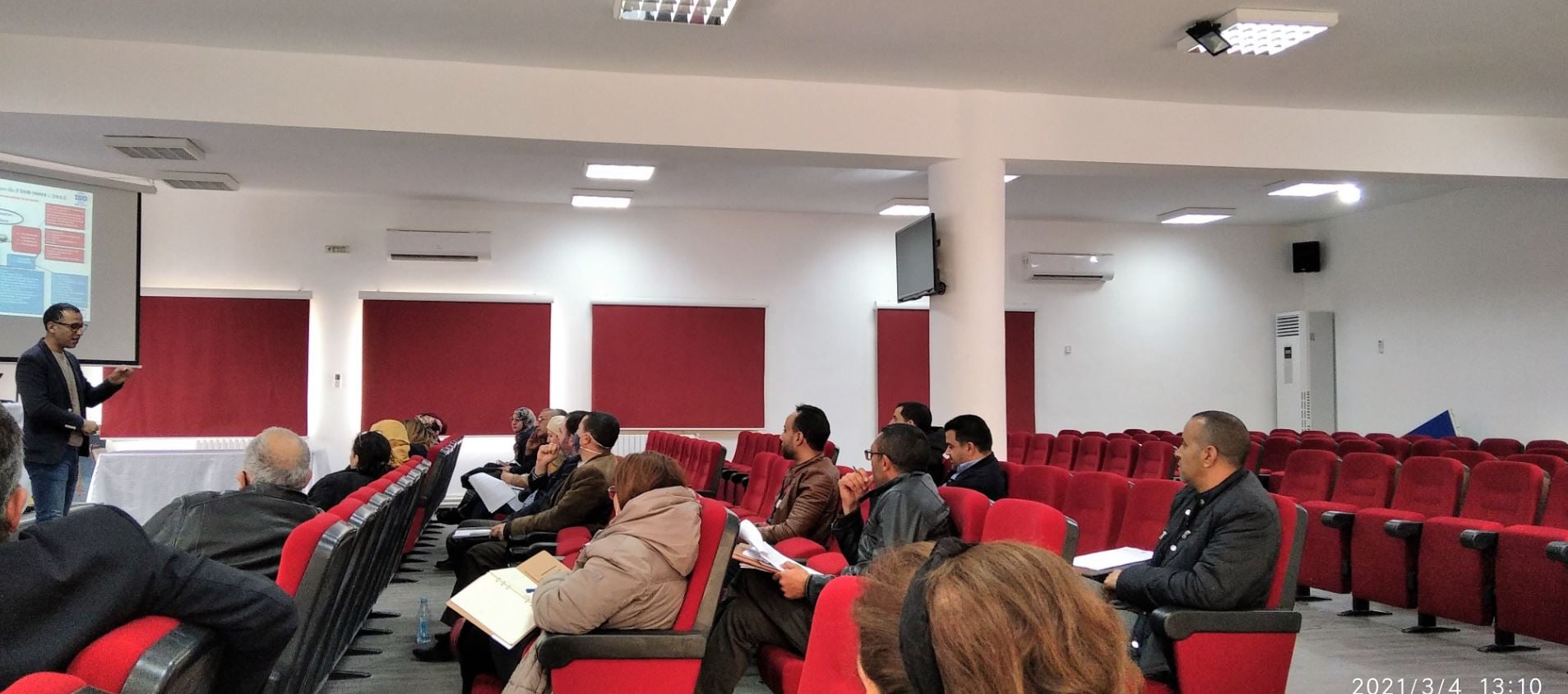How Can NFTs Be Used in DeFi Decentralized finance?
A disadvantage of on-chain collateral is that this collateral is usually held in a native protocol asset (or a derivative thereof) and, therefore, will experience price fluctuations. Take the example of the Dai stablecoin, which mainly uses ETH as its on-chain collateral to create a decentralized and trustless Dai token pegged to the value of 1 USD. Since there is no native USD-pegged token on Ethereum, Dai tokens must be backed by another asset. Whenever anyone wants to issue new Dai tokens, they first need to lock enough ETH as underlying collateral in a smart contract provided by the Maker Protocol.
- However, non-fungible tokens can serve exceptional contributions to the growth of decentralized finance in the long term.
- Various other blockchains host DeFi projects, including Zilliqa, Solana, Avalanche, and the BNB Smart Chain.
- DeFi applications give users more control over their money through personal wallets and trading services that cater to individuals.
- The pools of assets are packaged into a tradable instrument whose value depends on the performance and cash flows of the underlying pool of individual assets.
The concept was further formalized by Wood (2015) and implemented under the name Ethereum. Although there are many alternatives, Ethereum is the largest smart contract platform in terms of market cap, available applications, and development activity. DeFi is arguably the most prevalent application of smart contracts today. Automated market makers, algorithmic stablecoins and yield farming strategies are the talk of the town. The success of future crypto products will depend on their ability to engage both decentralized finance and nonfungible token users. Like traditional art, art NFTs can be seen as stores of value (Anson, 2002; Burniske & White, 2016; McAndrew, 2012a), especially in the case of long-term investments.
This clearly links to the artistic part of an art NFT, which is the second value component of the NFT value (cf. Fig. 2). Unlike, for instance, cryptocurrencies, which have only an inherent commodity value, art NFTs can offer their owners a huge non-pecuniary utility originating from their underlying asset (Fridgen et al., 2023). The artistic value might even be more substantial when an owner https://www.xcritical.in/blog/open-finance-vs-decentralized-finance/ boasts a collection of art NFTs. This becomes apparent when examining art NFTs through the lens of the earlier mentioned super asset classes (Greer, 1997). While there is debate around whether art pieces can be considered capital assets, this classification is clearer for art NFTs. Art NFTs are more financially liquid than, for instance, paintings on canvas (Wilkoff & Yildiz, 2023).
Value creation and capture in NFT markets
Currently, there are very few use cases for NFTs given that it is still at an early stage of development. That said, NFTs, being hosted on various blockchain networks, can tap into the aforementioned attributes of the blockchain which further makes it as sustainable as the technology on which it is built. Blockchain, regardless of the type, is decentralised, implying that the network is not subject to a centralised body or governing authority. Instead, it is managed by a group of nodes operating multiple computational facilities within the network, thereby ensuring decentralisation at all time.
Some folks have even taken out and paid off loans worth millions of dollars without the need for any personal identification. Undoubtedly this new use of NFTs is extremely interesting and paves the way for crypto-savings that are fully owned by users, more liquidity in the markets and endorses the positioning of NFTs as a store of value. Although the project became known thanks to its innovations such as Flash Loans, a form of Liquidity Mining has developed in parallel.For example, If you deposit $100 DAI on the platform, $100 aDAI will be created. This can be used as collateral on Uniswap, obtaining on one hand interest generated by the deposit of $DAI but also a percentage from exchanges using the $aDAI.
Under DeFi, you could make a deal with somebody online, set down the terms and conditions in a smart contract and then go from there. Instead of dealing with a bank or some other kind of loan company, you’d just deal with another individual. With NFTs, providers can select their desired prices for providers so that their profits and capital can be more easily monitored and evaluated. NFTs can also provide risk reduction for liquidity providers by offering this ability.
And if you’re able to tokenize your assets, you’re able to access liquidity. Blockchain is well known for its immutability and there’s incredible security within the technology. However, there are chinks in the armour when it comes to how individuals might choose to store their NFTs. In the same way that art can be stolen, there are digital art heists that have made the news and fraudulent NFTs have hit the market with deceptive minters looking to make money off original NFTs. Combatting this particular challenge, though, isn’t difficult if you remember “not your key, not your NFT ” and store and safeguard your NFT responsibly.
The use of NFT and DeFi in unison could help in solving the problem of collateralization easily. It is also important to notice the troubles due to issues in the liquidity of the market. The domain of artwork and collectibles is quite subjective in terms of liquidity. However, the price of the painting holds value only when an individual is interested in paying for it.
It started with Bitcoin…
An NFT is a crypto token that links to an underlying object or asset (Schwiderowski et al., 2023). It is a unique and irreplaceable digital object that indicates ownership and can be traded (Valeonti et al., 2021; Wilson et al., 2022). Many DeFi trades take place on more or less decentralized platforms (Harvey et al., 2021) involving market participants such as investors, arbitrageurs, users, liquidity providers, and aggregators (Jensen et al., 2021). However, despite the increasing academic interest in DeFi, extant literature still lacks insights into the dynamic interactions between stakeholders, such as platform providers in DeFi markets (Meyer et al., 2022).
Insurance policies are converted into NFTs and can be transferred, bought or sold. For example, the Fractional platform makes it possible to split NFTs and generate ERC20-compliant fractions. Apart from increasing liquidity, the platform helps people become fractional owners of collectibles they could never afford otherwise. There are multiple platforms where NFT owners can place loan requests including Arcade, Genesis, NFTfi, PawnFi, and TrustNFT. In this article we will find out what aspects of DeFi are most susceptible to the NFT revolution and explore the most prominent use cases of non-fungible tokens in DeFi solutions. The versatility of NFTs in the DeFi space is boundless, with roles waiting to be explored and embraced.
Information in previous blocks cannot be changed without affecting the following blocks, so there is no way to alter a blockchain. This concept, along with other security protocols, provides the secure nature of a blockchain. All financial transactions are overseen in centralized finance, from loan applications to a local bank’s services. Practically, NFTs are the best asset that can act as liquidity provision for these liquidity pools. By depositing an NFT in a liquidity pool, the NFTs value determines its liquidity, which estimates how much can be financed against it. NFTs are secure, free from any threats of theft, and have verified ownership.
AMBCrypto’s content is meant to be informational in nature and should not be interpreted as investment advice. Trading, buying or selling cryptocurrencies should be considered a high-risk investment and every reader is advised to do their own research before making any decisions. NFTs indirectly promote the usage of DeFi instead of traditional finance for users all over the world.
It is paramount for collectors to analyze the market thoroughly to find the right time, especially during hypes (8–C). NFT value investors may consider risk diversification over several NFTs. The https://www.xcritical.in/ idea is to buy several NFTs at a low price to increase the chances that at least some of them will be hyped and can be sold at a high price covering the costs of the non-profitable ones (8–C).




